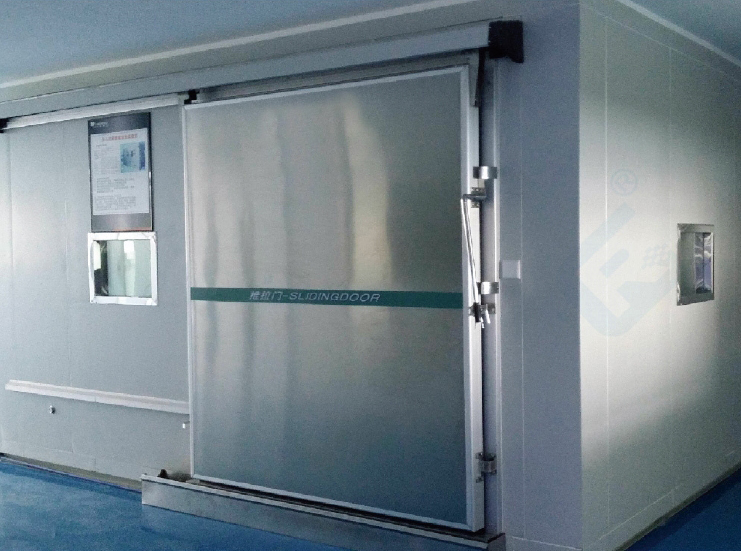Constant temperature and humidity laboratory
- Tel:0550-7660111
- Fax:0550-7661008
- Email:1198754344@qq.com
Description
Constant temperature and humidity laboratory is a laboratory through some special equipment and technical methods, so that its indoor temperature and humidity meet the requirements of a certain humidity control and test standard atmosphere. Constant temperature and humidity laboratory is the infrastructure for product quality inspection and control of production enterprises and commodity quality inspection and control in the field of circulation. Constant temperature and humidity laboratory is widely used in cotton spinning, wool spinning, chemical fiber, paper, packaging, tobacco production enterprises and quality inspection, fiber inspection and other departments, in accordance with ISO and GB standards, textiles, textile raw materials, paper, paper products and cartons and other commodities physical items inspection must be carried out under standard atmospheric conditions. In addition to the regular temperature and humidity of the constant temperature and humidity laboratory, there are other special 5-18℃ low temperature, 30-80℃ high temperature, relative humidity requirements less than 40%RH low humidity, relative humidity higher than 80%RH high humidity and other special requirements of the constant temperature and humidity laboratory.
Constant temperature and humidity laboratory overall design planning points:
1) Temperature and humidity control range
2) Temperature and humidity control accuracy
3) Cleanliness requirements
4) Illumination requirement
5) Heat and humidity range of the equipment
6) Air conditioning return air mode
7) Air pressure balance measures
8) The necessity of introducing fresh air
9) The necessity of system exhaust
10) Thermal insulation measures
11) Configuration of facilities and power
12) Static electricity, vibration and noise
13) Equipment space and air conditioning room
14) Arrangements for access and changing buffer zones
15) Adequate maintenance space
16) Indoor net height and floor load
17) Public hazards, pollution and disaster prevention
18) Measurement of installation and operating costs
19) Aesthetic requirements
20) Installation cost/schedule control
21) Operating costs
22) Maintenance & elasticity and other factors



